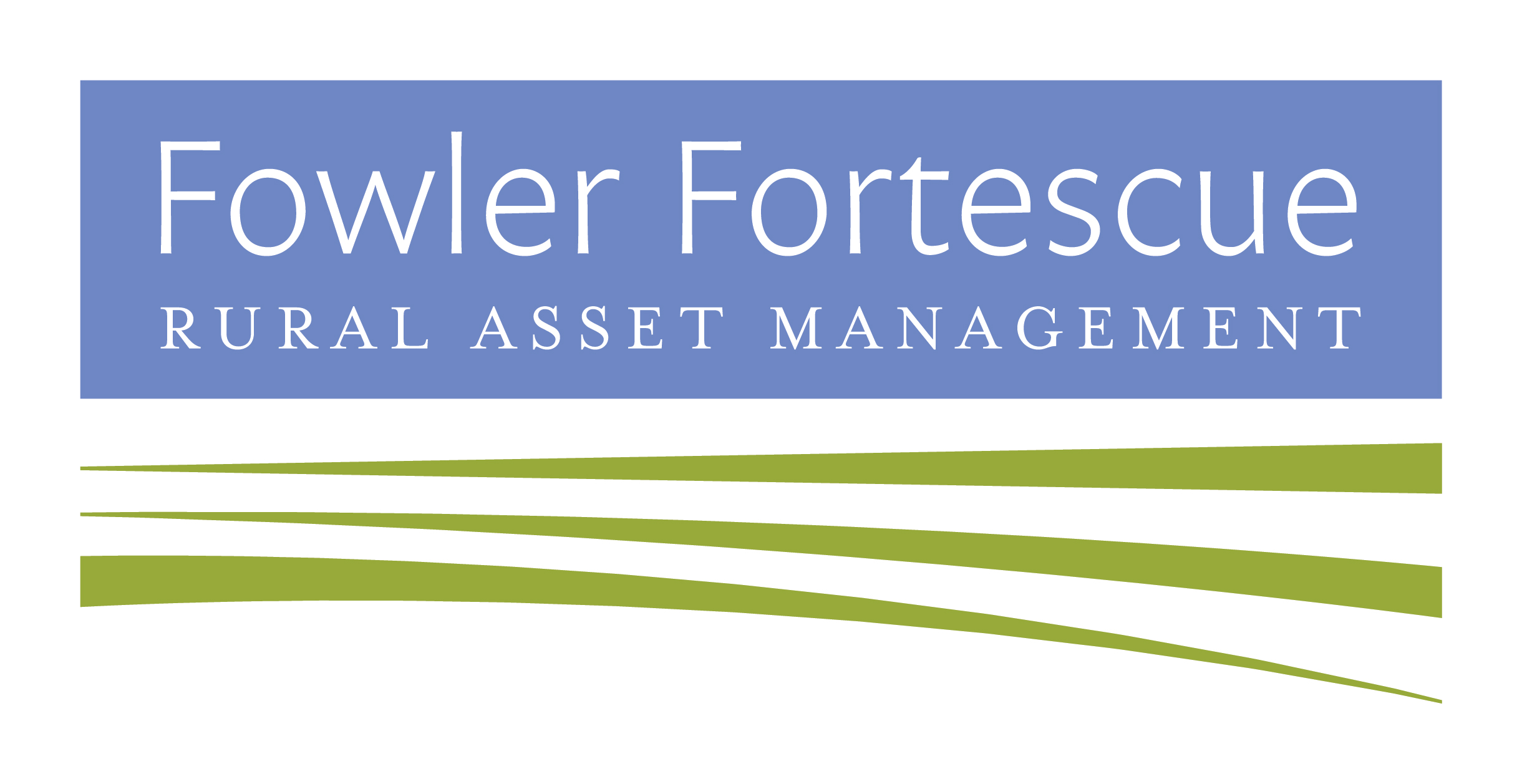
Place Farm, Tisbury
Active lettings management delivers for both estate and tenants
To truly maximise a commercial lettings enterprise an estate manager needs to be fully tuned in to the market and the tenants.
Involvement in the renovation and commercialisation of a traditional farmhouse and buildings didn’t stop once the work was complete. A continuing firm hand on the tiller and a constant scanning of the horizon has made all the difference to the income generated.
Click each heading to discover the story:
Your Title Goes Here
Your content goes here. Edit or remove this text inline or in the module Content settings. You can also style every aspect of this content in the module Design settings and even apply custom CSS to this text in the module Advanced settings.
Background
The farming operation
The obvious thing to do was to let out on an FBT which worked short term as, at the time, the rent offered was more than the in hand farm could justify. This turned around as the in hand farm returns improved and so five years later the land was run in hand. The cottages were straight forward and were all improved and let on Assured Shorthold tenancies.
The main house
The main house was much more of a challenge being a listed property dating back to the 1400’s. A major renovation soon made it the best let on the Estate, fetching what at the time seemed a record. The owners agreed to a high spec make over which has proved the right choice long term. It has never been empty for a day since the renovation.
Office space and Tithe Barn
Next was the challenge of 11,000 sq ft of traditional listed buildings and a very long thatched tithe barn. The barn was always top of the list of liabilities on the Estate. With English Heritage having decided to put it on the at-risk register and wanting to thatch it in long straw, who was going to want to use the building? So that challenge was set to one side for a year or two whilst the job of renovating the buildings and changing use to offices was concluded.
There was a potential tenant on the Estate already and so a quick trip to the site convinced them they wanted to take the whole 11,000 sq ft. The problem was we only had 12 months and didn’t yet have planning. So work commenced on the strength of a committee resolution to give consent. The work was completed 12 months later and the planning consent arrived a week before the tenant moved in. A strong rent of £14 per sq ft was achieved to reflect the quality conversion.
The tenants were happy for over 10 years and then when they left a swift deal was done to move in three new tenants in the form of a charity, a gallery and the National Trust.
The Tithe Barn in the meantime had started to gather a momentum of its own. With the commercial and residential income now fairly secure the Estate took the brave move of renovating, rethatching and ultimately changing the use of the barn. £750,000 and 18 months later the project was completed and the Tithe Barn was reborn as Messums Art Gallery. An ideal use for such a grand building allowing plenty of public access whilst respecting the building and the neighbours.
Ongoing management of the office space
Simon believes it is not enough to sit back and await ‘news’ to filter through of tenants moving elsewhere for greater space, or for the search for new tenants to begin only on the day of departure.
Maximising such an asset requires stewardship rather than oversight, and the results speak for themselves with many high quality and long term tenants running excellent businesses, not just providing rental income but being a positive reflection of the Fonthill Estate itself.
Success and strong returns, year in year out
The initial investment was paid back over seven years and the rental income is now equivalent to eleven times the previous farm rent. These impressive returns are only possible through ongoing proactive rather than reactive management.
The addition of a biomass boiler, using woodchip fuel sourced from the estate, further enhances income generation. But it benefits the tenants too in that their heating costs can be kept both competitive and more predictable. Another example of the symbiotic nature of active management where the estate gets the best outcomes when everybody wins.

“We don’t ‘advise through the keyhole’. A commercial enterprise such as the Place Farm development needs proactive, hands-on and ongoing management. It means getting involved and staying involved, year in, year out.”
